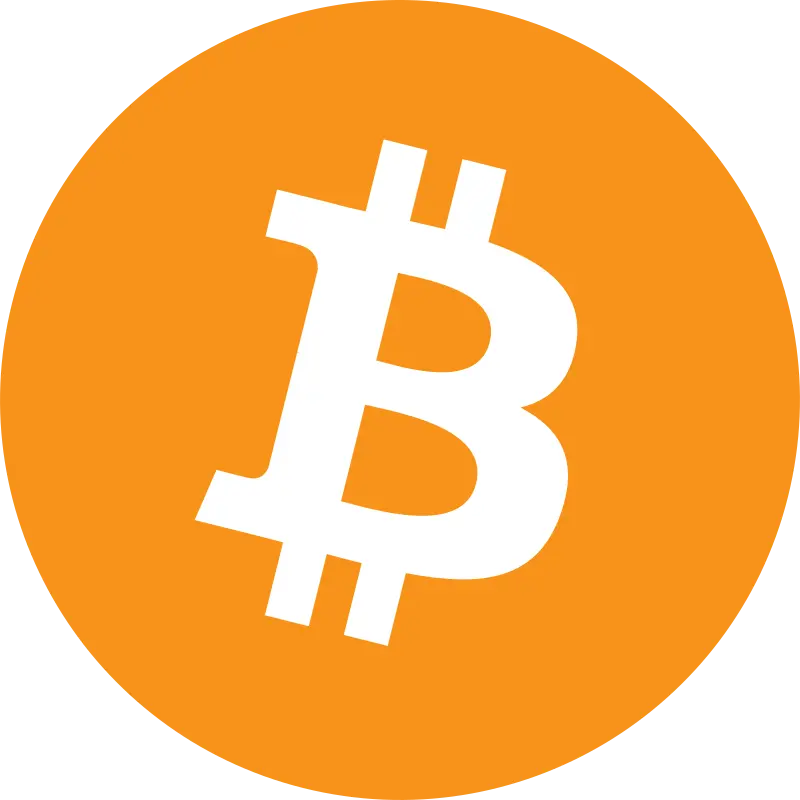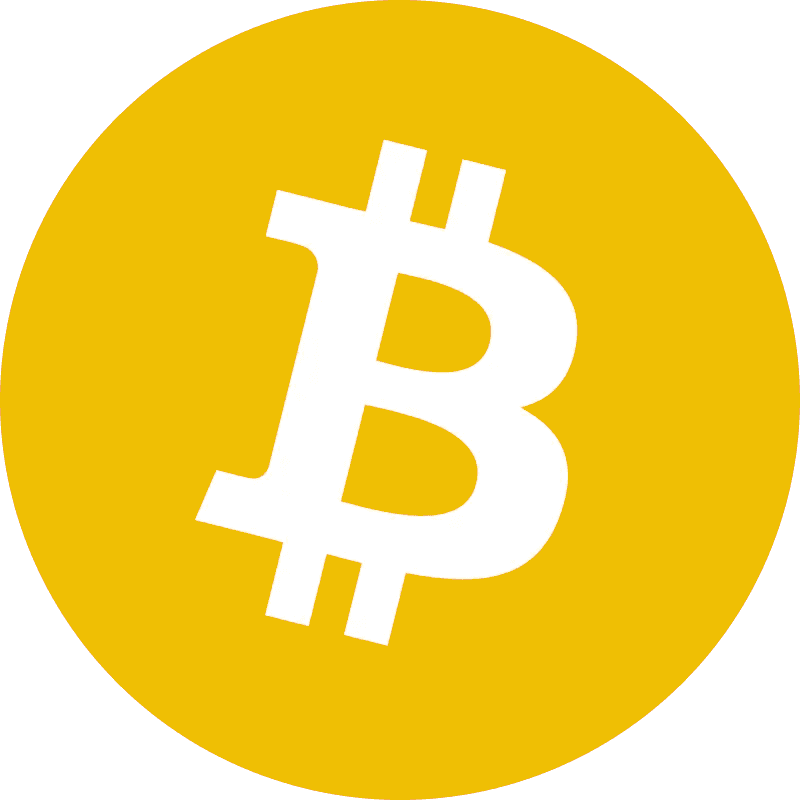The world of digital assets has expanded rapidly, from Bitcoin and Ethereum to thousands of new tokens and blockchain applications. Yet, for many investors, price volatility remains a major obstacle. It’s difficult to treat something as money when its price can change dramatically from one day to the next. That’s where stablecoins come in. They combine the speed and efficiency of blockchain technology with the stability of traditional currencies like the US dollar or euro. In short, stablecoins are digital dollars for the crypto economy, designed to hold steady in value while unlocking the advantages of a global, always-on financial system.
What Is a Stablecoin?
A stablecoin is a type of crypto asset designed to maintain a stable value, most often pegged to a traditional currency like the US dollar or the euro. Unlike most crypto assets, which fluctuate in price, stablecoins are designed to maintain a fixed value - typically around 1 USD per coin. This stability makes them practical for payments, trading, and as a store of value within the digital asset ecosystem.
Most major stablecoins, such as USDC (USD Coin) and USDT (Tether), achieve this by being backed by real assets. For every digital coin in circulation, the issuer holds reserves like cash or short-term government securities of equivalent value. These reserves are regularly verified through audits or attestations to ensure transparency and trust.
Why Stablecoins Matter
Stablecoins are one of the most practical and widely used innovations in the crypto world:
A bridge between traditional and digital finance
Stablecoins make it easy to move value between the traditional financial system and the crypto market. You can send, store, or receive digital dollars instantly without needing a bank to be open, and often at a fraction of the cost of an international transfer.
Fast, low-cost payments
Sending stablecoins is as simple as sending an email. Transfers settle in minutes, across borders, 24/7 without relying on banks or intermediaries. This makes them increasingly popular for international business payments, remittances, and e-commerce.
Liquidity and stability in the crypto market
In a market known for volatility, stablecoins act as a safe harbour. Investors and traders can move in and out of other crypto assets quickly while keeping their funds in something stable. They serve as the “cash” of the crypto ecosystem.
Fuel for innovation
Many new blockchain applications, from decentralized lending platforms to tokenized assets, depend on stablecoins as a reliable unit of value. Without them, much of today’s DeFi (decentralized finance) activity wouldn’t be possible.
A glimpse into the future of money
Stablecoins show what money could look like in a digital, global economy: programmable, borderless, and efficient. For many observers, they are the missing link between traditional currencies and a new era of digital finance.
The Growing Role of Stablecoins in the Crypto Market
Stablecoins have become one of the largest and most important sectors in the crypto market, with a total value exceeding $300 billion USD in 2025. The rise of stablecoins doesn’t just reshape how digital money moves, it also strengthens the blockchains that power them, along with their native assets such as Ethereum (ETH), Solana (SOL), and XRP.
Ethereum remains the foundation of the stablecoin ecosystem. Most major stablecoins, including USDC and DAI, are issued on Ethereum, where every transaction requires ETH to pay network fees. As stablecoin activity grows, through payments, DeFi applications, and settlements, so does demand for ETH. The network also burns a portion of these fees, gradually reducing ETH’s total supply. In combination, these factors create ongoing, structural demand for ETH as both a utility token and a store of value within the system.
Solana has become an increasingly popular alternative for stablecoins thanks to its high speed and low transaction costs. Each transfer, payment, or on-chain application that uses stablecoins on Solana requires SOL to operate. As stablecoin adoption expands, particularly across payment networks and fintech platforms, Solana benefits from higher usage, stronger staking rewards for validators, and a growing user base that must hold SOL to interact with the network.
Ripple is also expanding its ecosystem with its own USD-backed stablecoin, RLUSD, which is fully backed by dollar deposits and short-term U.S. government securities. RLUSD aims to bridge traditional finance and blockchain payments, operating natively on both the XRP Ledger and Ethereum. This development positions XRP and the XRPL as an increasingly relevant platform for global settlements and tokenized money flows. As stablecoin usage grows, XRP benefits both from the transaction activity these assets generate and from being the native currency that powers and secures the ledger.
A Gateway to Digital Finance
For investors, stablecoins represent more than just a stable digital asset, they are an entry point into the wider blockchain economy. They make it easier to access decentralized markets, earn yield, and move capital globally, all while staying anchored to familiar fiat values. In short, stablecoins are becoming the digital cash layer of the crypto world, and their continued growth is likely to lift the ecosystems that power them.
Investors have the option to invest securely in crypto assets such as Solana, Ethereum and XRP via fully backed ETP:s through the Swedish company Virtune, whose products are listed on among others Xetra and Nasdaq Stockholm. These can be traded via several of the biggest traditional brokers. Explore Virtune's ETPs here.
Crypto investments are associated with high risk. Virtune does not provide investment advice. Investments are made at your own risk. Securities may increase or decrease in value, and there is no guarantee that you will recover your invested capital. Please read the prospectus, KID, terms at www.virtune.com.


 Virtune Bitcoin ETP
Virtune Bitcoin ETP Virtune XRP ETP
Virtune XRP ETP Virtune Chainlink ETP
Virtune Chainlink ETP Virtune Stellar ETP
Virtune Stellar ETP Virtune Avalanche ETP
Virtune Avalanche ETP Virtune Arbitrum ETP
Virtune Arbitrum ETP Virtune Polygon ETP
Virtune Polygon ETP Virtune Litecoin ETP
Virtune Litecoin ETP Virtune Bitcoin Prime ETP
Virtune Bitcoin Prime ETP Virtune Sui ETP
Virtune Sui ETP Virtune Staked Ethereum ETP
Virtune Staked Ethereum ETP Virtune Staked Solana ETP
Virtune Staked Solana ETP Virtune Staked NEAR ETP
Virtune Staked NEAR ETP Virtune Staked Cardano ETP
Virtune Staked Cardano ETP Virtune Staked Polkadot ETP
Virtune Staked Polkadot ETP Virtune Coinbase 50 Index ETP
Virtune Coinbase 50 Index ETP Virtune Crypto Altcoin Index ETP
Virtune Crypto Altcoin Index ETP Virtune Stablecoin Index ETP
Virtune Stablecoin Index ETP